Art
Inside Kehinde Wiley’s Vibrant New Artist Residency in Senegal
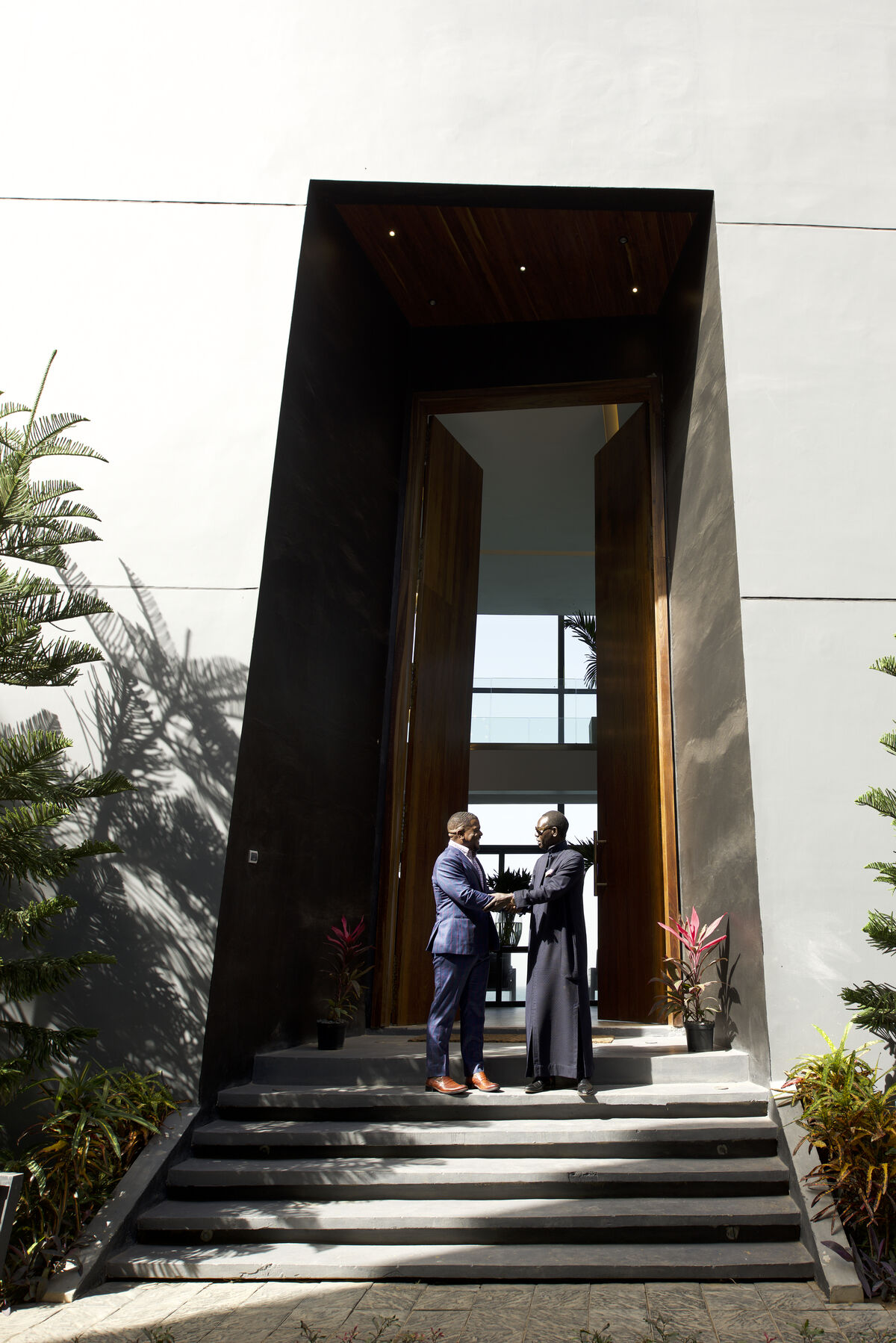
Kehinde Wiley and architect Abib Djenne at Black Rock Senegal, 2019. © Kehinde Wiley. Used by permission.

Views of Black Rock compound, 2019. © Kehinde Wiley. Used by permission.
“Any great residency offers an artist the opportunity to rub up against sameness and difference at once,” explained the artist
. It should give “the opportunity to find new means of engaging the familiar, and creating an interface with the global.” The painter—at the top of his game following a headline-grabbing portrait commission of former U.S. president Barack Obama—is talking about Black Rock, the brand-new artist residency that he’s launching in Dakar, Senegal.
When I asked Wiley why we need yet another residency, when hundreds or thousands of such programs already exist, he was forthright and blunt: “There are not hundreds or thousands of residencies in Africa…quite possibly because of the dominant media narrative concerning [the continent], to the great detriment of the creative class in the West.”
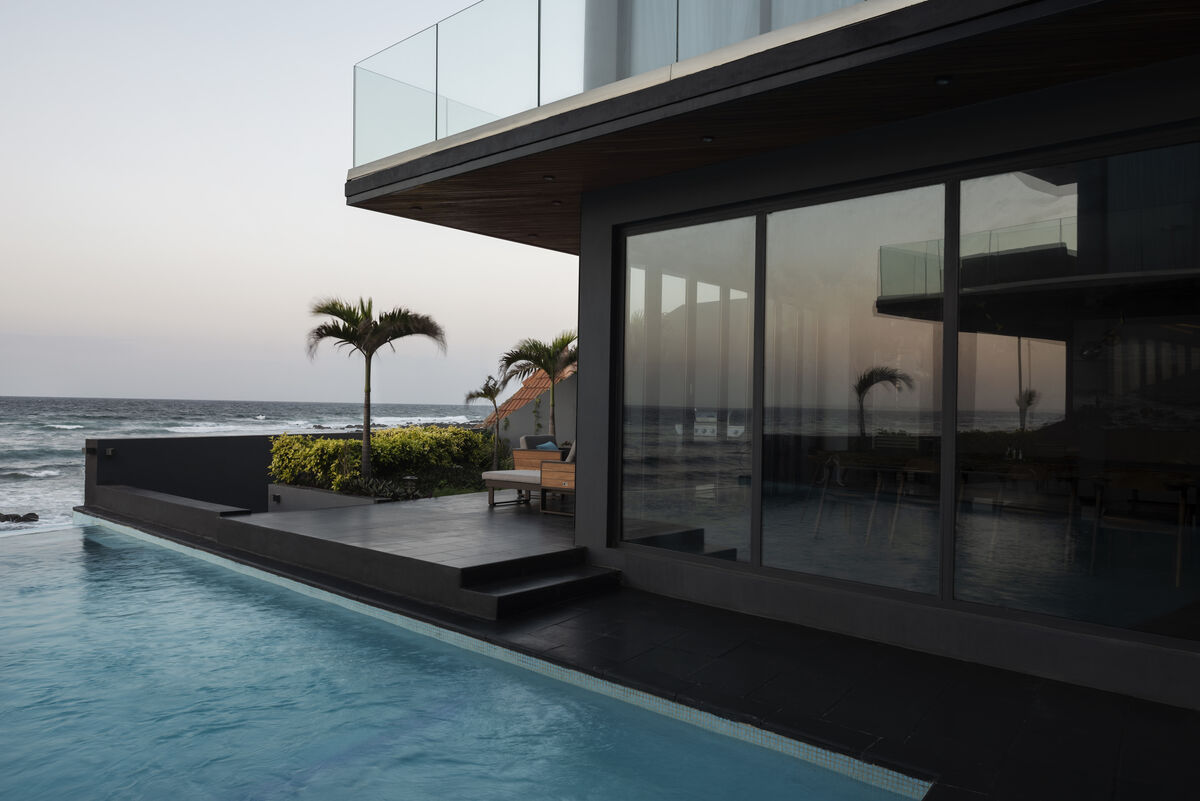
View of Black Rock compound, 2019. © Kehinde Wiley. Used by permission.
With Black Rock, Wiley seeks to address that imbalance, offering studio spaces to three visiting artists at a time; each will spend one to three months there creating new work and experiencing the local culture. The artist stressed that while Senegal may seem a world away to those who have never visited, the capital city of Dakar is a mere eight-hour direct flight from New York City. He described Dakar as an invigorating mix of “post-colonial French and radically Wolof music, food, and design traditions,” referring to the ethnic group that constitutes around 39 percent of the Senegalese population. The city also boasts its own biennial, Dak’Art; the next installment opens in 2020.
And Black Rock isn’t organized as a redoubt that is separate from the life of the city; artists are encouraged to explore their urban surroundings and study French and Wolof.
is a mixed-media painter who has been living and working at the site in advance of the arrival of the first class of residents this June. Part of his time thus far, he said, has been spent learning from Manjak weavers, a community of craftspeople known for vibrant, geometrically abstract patterning. “Through Kehinde and the network at Black Rock, I was introduced to Aissa Dione, a designer in Senegal who has worked directly with Manjak weavers for almost 30 years,” Andresen explained. “Her generosity has allowed me not only to learn about their traditions and techniques, but also to work alongside them on a project of my own.”
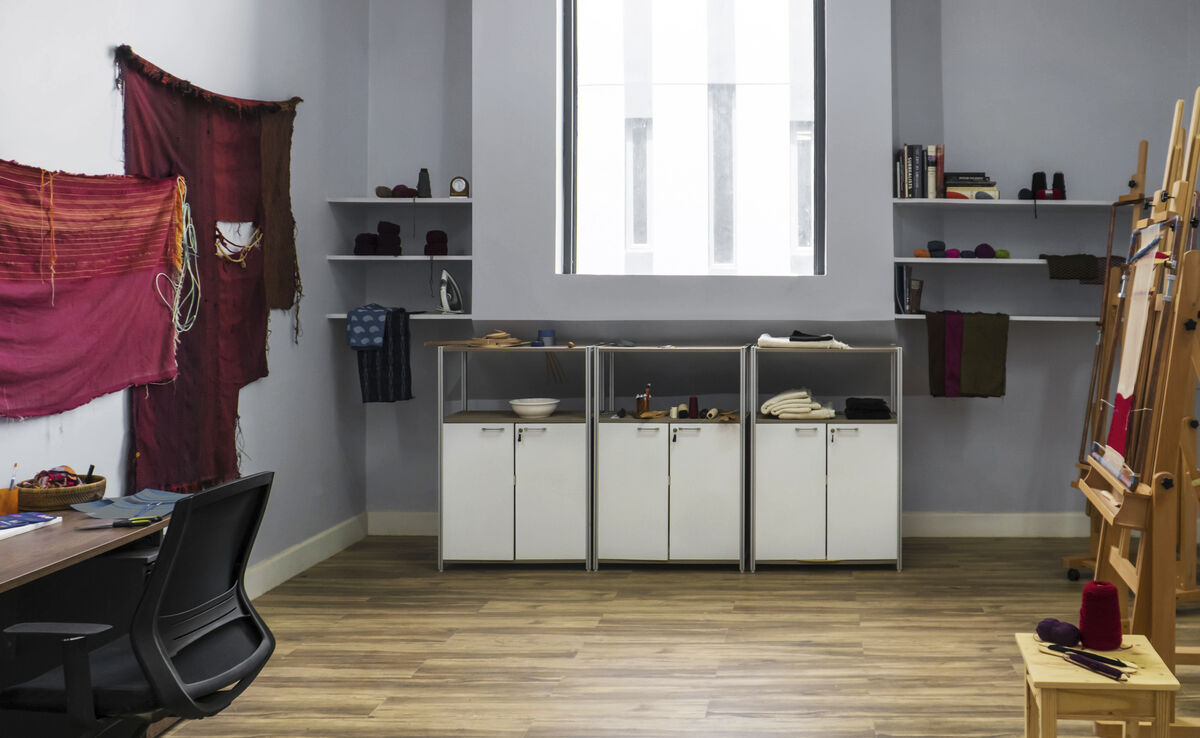
Studio space for visiting artists, 2019. © Kehinde Wiley. Used by permission.
Andresen—who is typically based in New Orleans—didn’t have much prior travel experience in Africa, barring some explorations in Morocco. He has been both surprised and enlivened by his time there thus far. “My biggest surprise was the landscape of Dakar,” Andresen admitted, noting that he hadn’t expect the arid environment, where strong winds from the Atlantic leave everything covered in a layer of dust—“yet from this landscape, a bustling, vibrant city thrives,” he added. The artist’s life at Black Rock is full and eclectic: In addition to working in a nearby weaving workshop, he swims, takes language lessons, shops for supplies in the market, and hits up the occasional late-night ElectriAfrique dance party.
Andresen describes Black Rock as “a small oasis,” with a sense of calm and serenity, “yet once you open the gate, you are dropped directly into a bustling neighborhood.” The urban environment doesn’t mean that artists will find the same amenities and staples they might back home in New York, London, or Los Angeles—but perhaps that may lead to creative workarounds and unexpected eureka moments. “One of the greatest challenges is simply finding materials,” Andresen said. “The vast majority of businesses in Dakar are informal, small stalls and vendors selling their goods. You can’t search for anything online, so to find particular items, you have to know someone, or ask, and then track it down.” That process can take anywhere from an hour to a day or two.

Detail of apartment for visiting artists, 2019. © Kehinde Wiley. Used by permission.
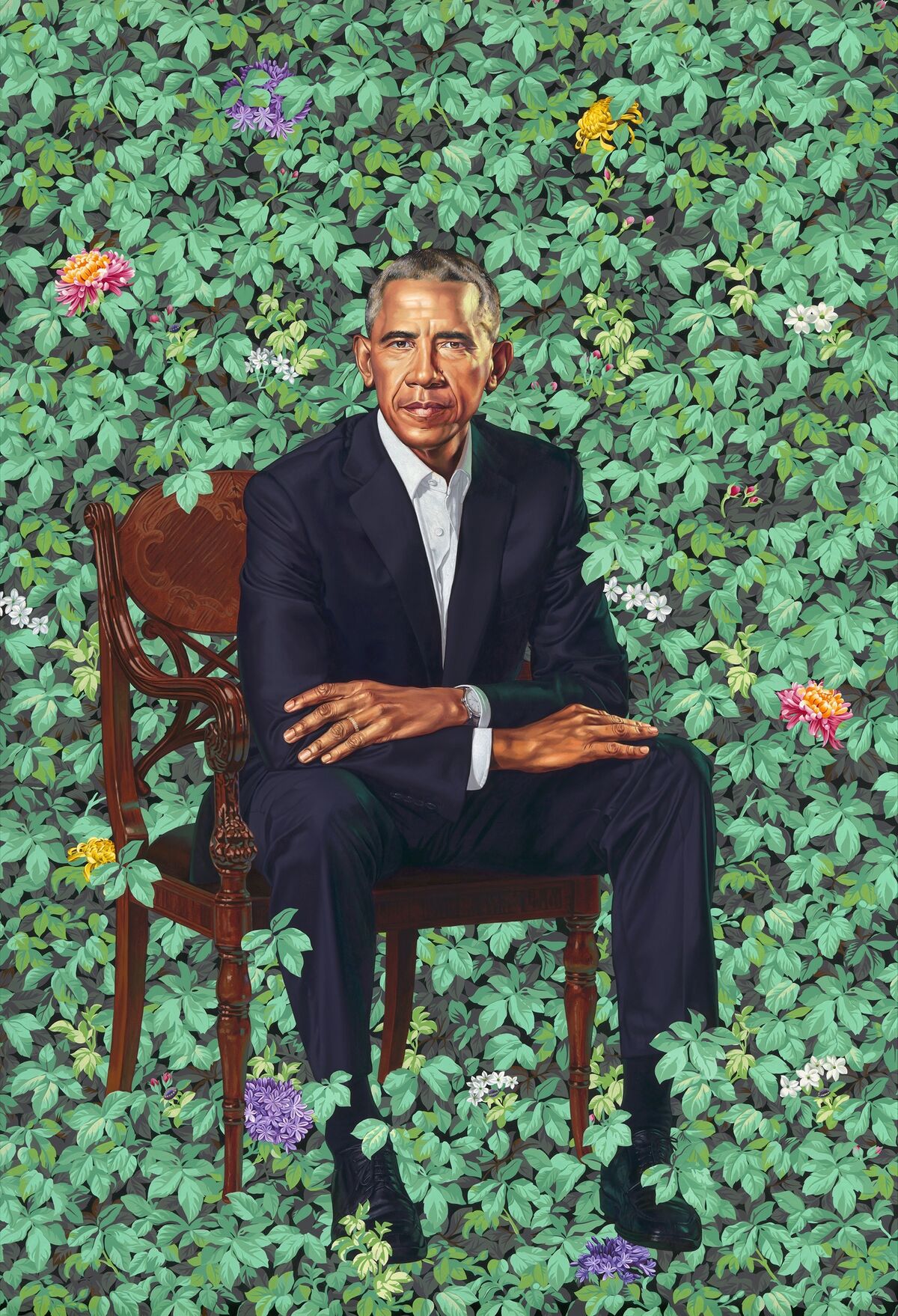
Kehinde Wiley, Barack Obama , 2018. © 2018 Kehinde Wiley. Courtesy of the National Portrait Gallery, Smithsonian Institution.*
Once the residency’s first round of artists begin arriving this summer (the application period recently closed, and the selected names have not yet been released), Wiley imagines a residency program that can grow and evolve organically. “The program will be open to all manner of creative forms—with an emphasis on painting, because that’s my strong point,” he said. “As the project continues expanding, it will have a digital lab and access to explore food in the chef’s kitchen, with the goal of developing it beyond just the plastic arts to have a truly 360-degree engagement with the creative culture.”
“When thinking about Black Rock, I’m recalling my experiences at the Studio Museum in Harlem, where I first got my start in New York, and my time spent there with the other two residents, Kira Lynn Harris and
,” Wiley said. “Within that interaction, a great personal friendship was made.…We benefited from critiques by great critics and celebrated artists; the lion’s share of growth and introspection was a direct result of interpersonal communication and friendship with my fellow artists.”
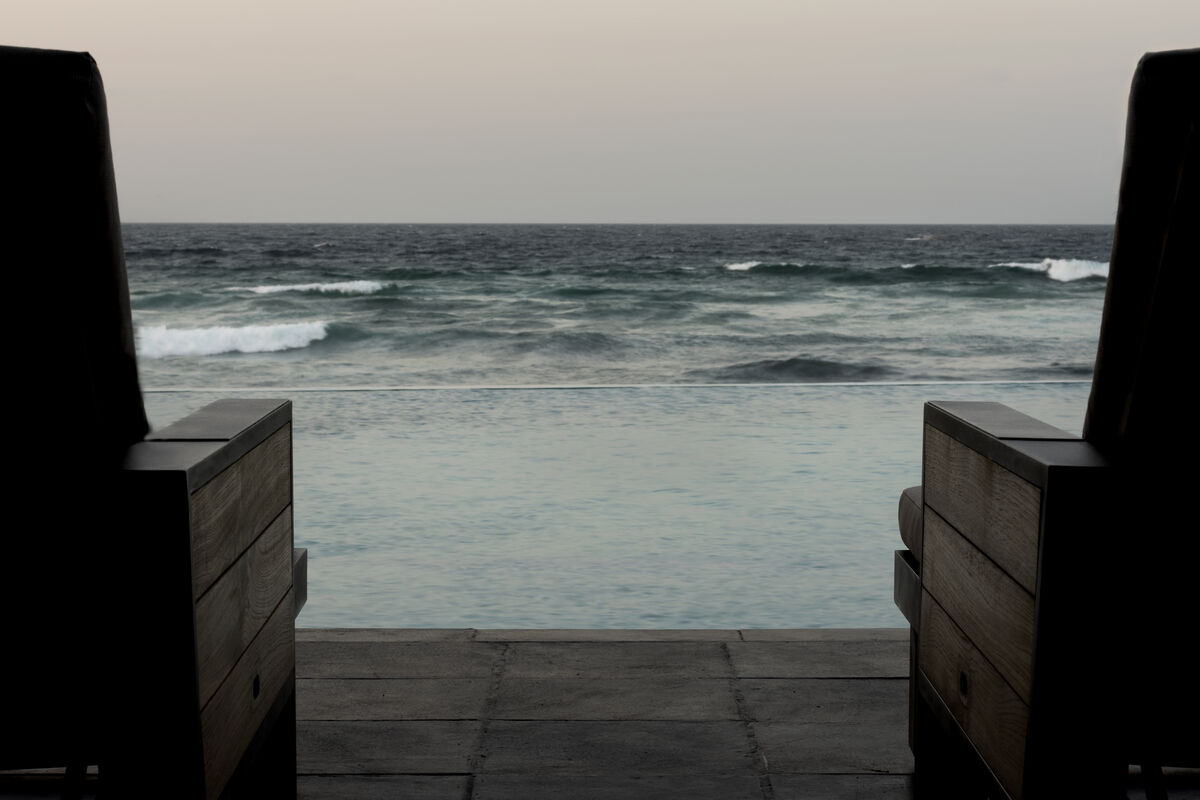
View of Black Rock compound, 2019. © Kehinde Wiley. Used by permission.
Plenty of amenities exist to help that fellowship along—including private residences; an infinity pool; a kitchen with a private chef; a gym; and a spa. “The living spaces were designed so that maximum interaction and maximum privacy are attended to at once,” Wiley said. Each artist has their own three-story townhouse equipped with a fully stocked kitchen, a living room space for small gatherings, a bedroom with a private desk space, and two bathrooms. The studios were designed so that artists have intimate proximity between their apartments and their workspaces.
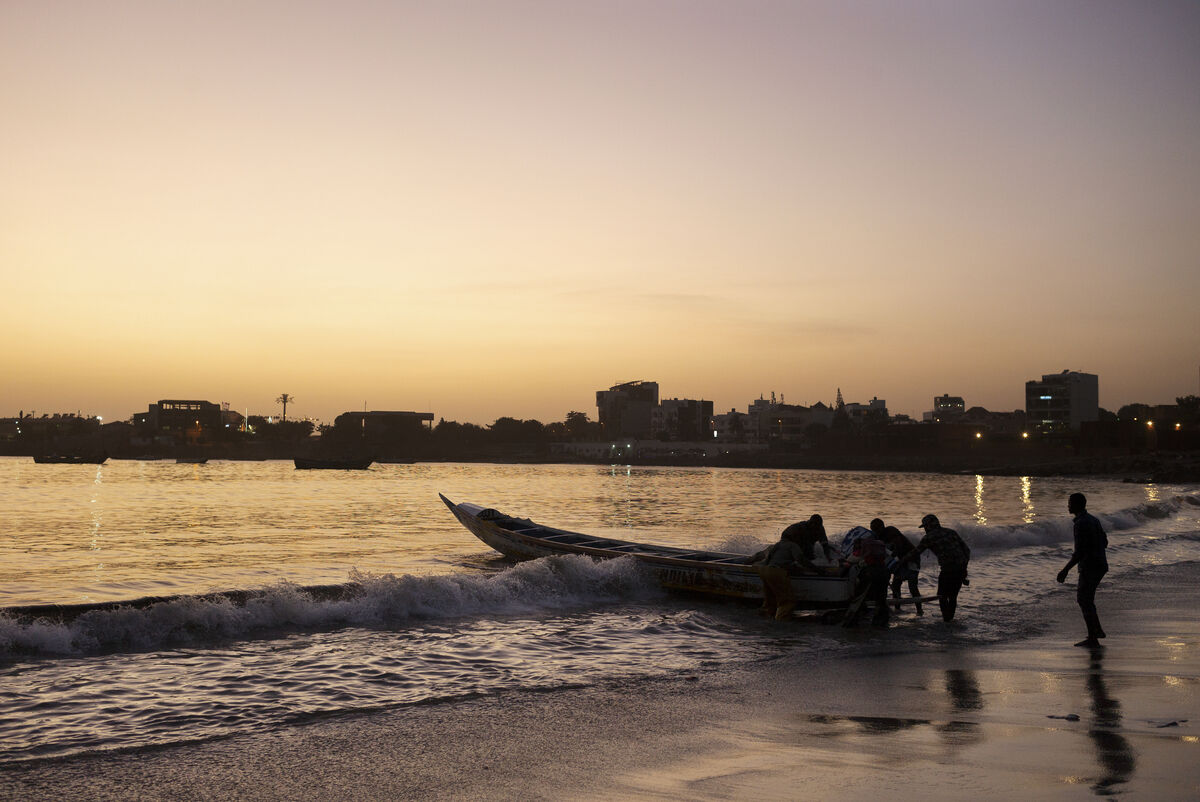
Fishermen pulling a boat up to Soumbedione Fish Market, Dakar, 2019. © Kehinde Wiley. Used by permission.
Wiley himself has a residence and studio on-site, so part of the Black Rock experience will involve spending time with the man who made it possible. Still abuzz from the success of his Obama portrait, the artist sees the residency as something of a logical next step. “The Obama portrait was a phenomenal triumph that allowed for the work to be celebrated and recognized in all corners of the world, which, as a direct result, allowed for projects like Black Rock to have much more momentum and excitement surrounding them,” he said. “What I have learned from the process is that the world of entertainment, politics, and cultural evolution can be explored in a very real way—with painting on the front lines of what it means to be radically present, responsible, and a good shepherd for American leadership in the 20th century.”
Scott Indrisek is a contributing writer for Artsy.
*The National Portrait Gallery is grateful to the following lead donors for their support of the Obama portraits: Kate Capshaw and Steven Spielberg; Judith Kern and Kent Whealy; Tommie L. Pegues and Donald A. Capoccia.


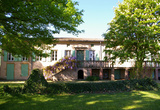
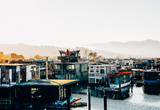
No comments:
Post a Comment